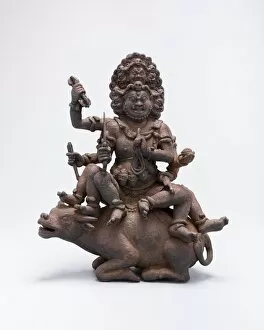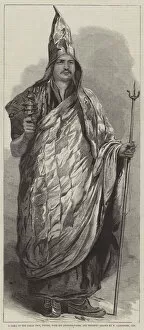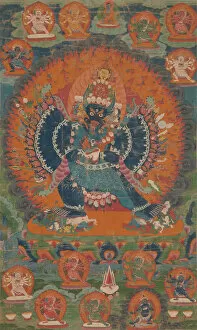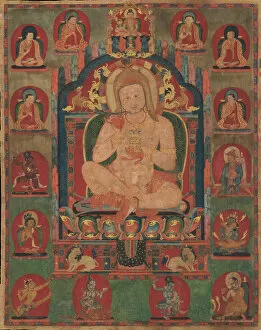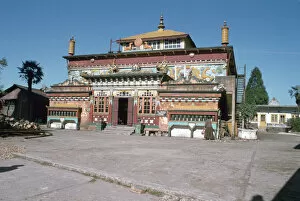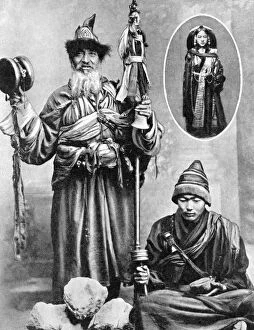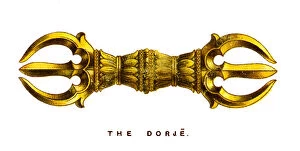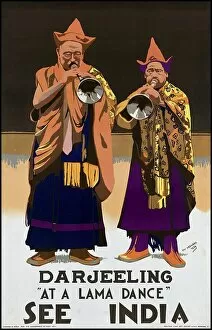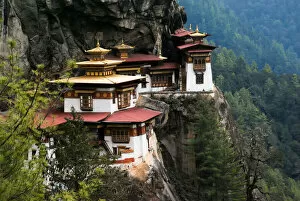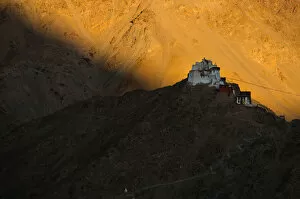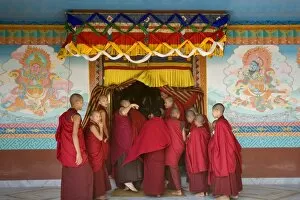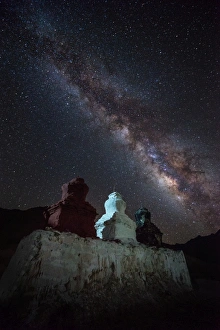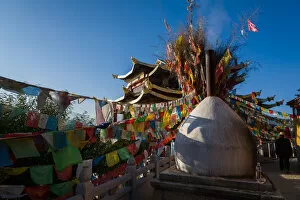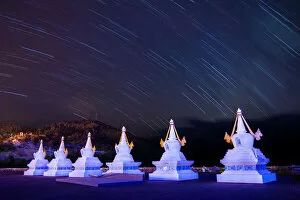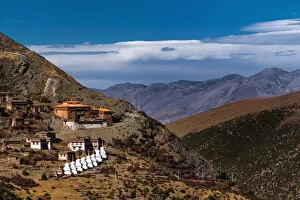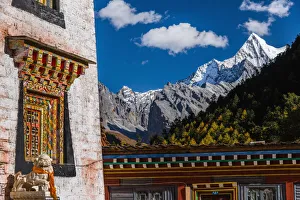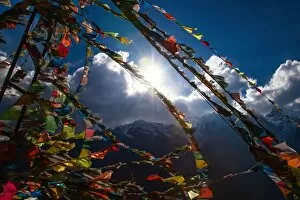Tibetan Buddhism Collection (page 5)
Tibetan Buddhism is a rich and vibrant spiritual tradition that encompasses various deities, symbols, and practices
All Professionally Made to Order for Quick Shipping
Tibetan Buddhism is a rich and vibrant spiritual tradition that encompasses various deities, symbols, and practices. From the serene Amitabha, the Buddha of the Western Pure Land, to the majestic Statue of Buddha in Swayambhunath, Kathmandu, Nepal; Tibetan Buddhism offers a diverse range of artistic expressions. The Thanka with Buddha from the 19th century showcases intricate details and craftsmanship by an unknown artist. Similarly, Amoghasiddhi, the Buddha of the Northern Pure Land created between 1200-50 captivates with its timeless beauty. Chhinnamasta's artwork from around 1800 intrigues viewers with its mysterious allure. The anonymous artist skillfully portrays this deity in a captivating manner. Green Tara depicted in an early 12th-century manuscript exemplifies grace and compassion. This folio from "Perfection of Wisdom" manuscript reminds us of her significance as a female enlightened being. Bodnath Stupa stands tall as a symbol of devotion in Kathmandu, Nepal. Its grandeur attracts countless pilgrims seeking solace and enlightenment. The Buddhist monk painting Tangka Bodnath reflects dedication towards preserving traditions through artistry. It serves as a reminder that spirituality can be expressed through creativity. Vajrayogini's portrayal holding a skull cup in an 18th-century artwork represents tantric female enlightened beings who embody wisdom beyond conventional understanding. A painted banner (Thangka) featuring Medicine Buddha from the 14th century conveys healing energy and compassion for those suffering physically or mentally. Enlightened Protector Mahakala with Six Arms embodies power and protection against obstacles on one's spiritual journey. Created during the 18th/19th century period by an unknown artist; it inspires strength amidst challenges faced by practitioners. Jambhala seated on a dragon signifies wealth and abundance according to Tibetan beliefs dating back to the fifteenth century. This artwork's creator remains anonymous, yet their talent shines through.

